Photographer Resources
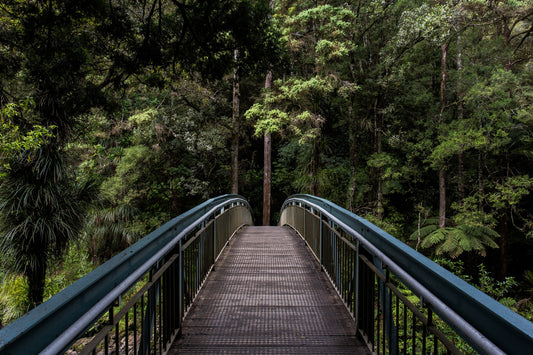
Lens Choices for Outdoor Photography
From the snow capped peaks of the Cascade Range to the windswept waters of the Columbia River Gorge, the Pacific Northwest is a big draw for outdoor -enthusiasts. With adventure...
Lens Choices for Outdoor Photography
From the snow capped peaks of the Cascade Range to the windswept waters of the Columbia River Gorge, the Pacific Northwest is a big draw for outdoor -enthusiasts. With adventure...
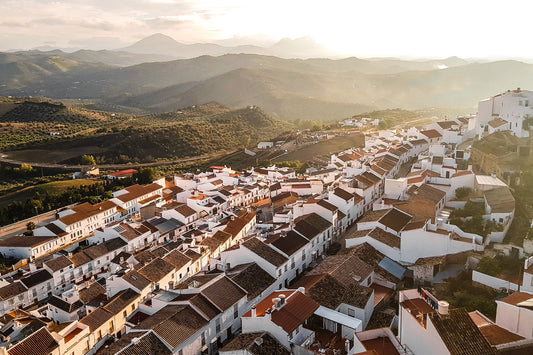
4,000 reasons to care about 4K video
What is 4K? Is it really worth it? Do you need it? Do you even want it? Well, if a picture is worth a thousand words, then a 4K video...
4,000 reasons to care about 4K video
What is 4K? Is it really worth it? Do you need it? Do you even want it? Well, if a picture is worth a thousand words, then a 4K video...
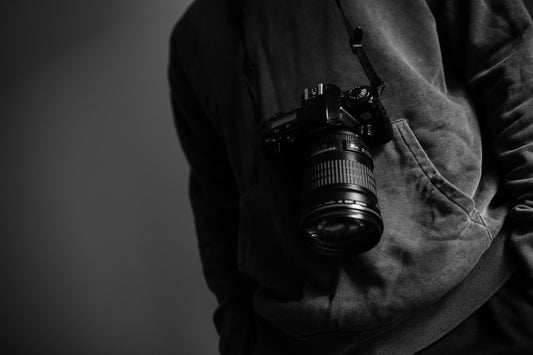
Lies Photographers Tell Themselves
Written by Daven Mathies The journey to become a professional photographer is fraught with danger. Well, maybe not danger (I did drop a 5D Mark II on my foot once,...
Lies Photographers Tell Themselves
Written by Daven Mathies The journey to become a professional photographer is fraught with danger. Well, maybe not danger (I did drop a 5D Mark II on my foot once,...
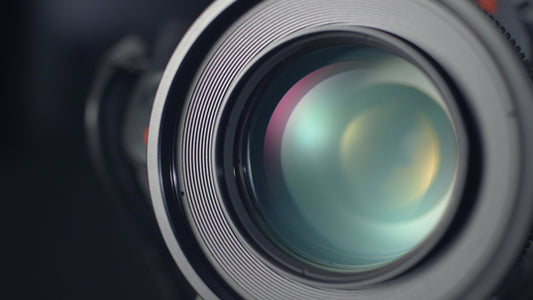
Choosing A Dental Camera Package
Dental camera packages are a specialty here at Pro Photo Supply. They consist of a high-quality camera, macro lens, and a macro flash. Typically, a kit will cost between $1,500.00...
Choosing A Dental Camera Package
Dental camera packages are a specialty here at Pro Photo Supply. They consist of a high-quality camera, macro lens, and a macro flash. Typically, a kit will cost between $1,500.00...
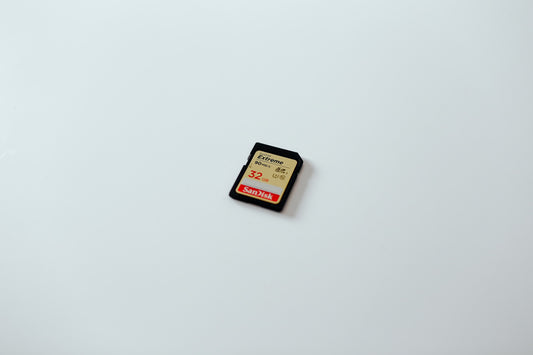
How Many Images Will Fit On My Memory Card?
Written by Daven Mathies It's a seemingly innocuous question and one we get asked all the time. You just bought a new camera and now you want a memory card that...
How Many Images Will Fit On My Memory Card?
Written by Daven Mathies It's a seemingly innocuous question and one we get asked all the time. You just bought a new camera and now you want a memory card that...
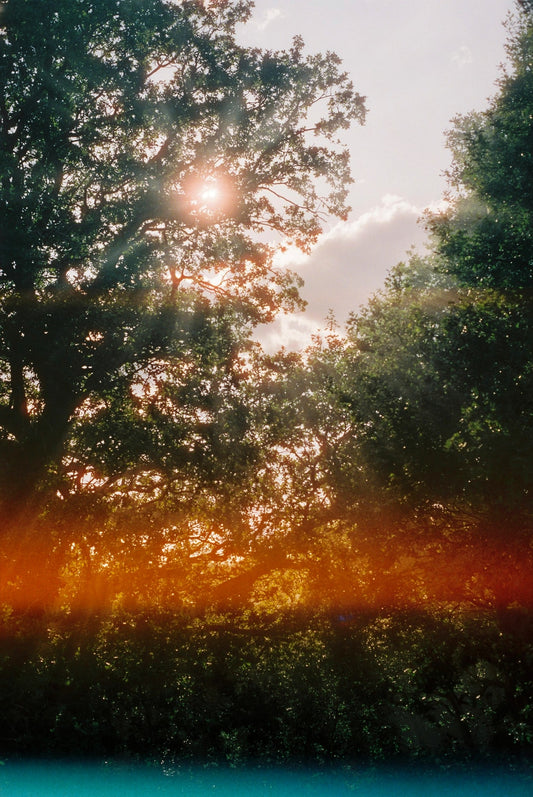
How To Choose a Metering Mode
Written by Daven Mathies Your camera's built-in light meter is a pretty amazing tool. Without it, none of the auto or semi-auto exposure modes would work, and you would be...
How To Choose a Metering Mode
Written by Daven Mathies Your camera's built-in light meter is a pretty amazing tool. Without it, none of the auto or semi-auto exposure modes would work, and you would be...
